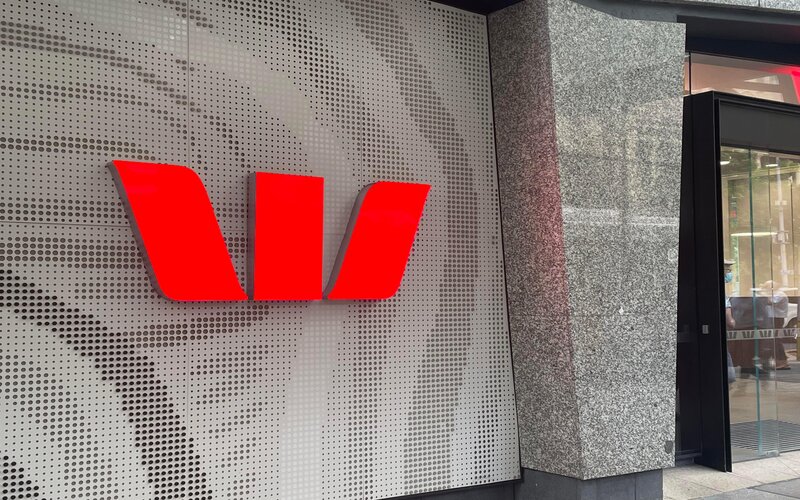In light of the RBA's recent hawkish language and larger than expected underlying inflation figures, Westpac has upwardly revised its forecast for the terminal cash rate.
Chief Economist Bill Evans had been resolute since October that Westpac believed the cash rate would peak at 3.85% in May.
While he still envisages that May will be the peak, he now expects the rate to be 4.1%.
He anticipates the 4.1% rate will hold into 2024, until 'the beginning of an easing cycle' in March 2024, when rates will begin a gradual decline until the cash rate sits at 2.35% by September 2025:
| Date | Cash Rate |
| March '23 | 3.60 |
| June '23 | 4.10 |
| Sep '23 | 4.10 |
| Dec '23 | 4.10 |
| Mar '24 | 3.85 |
| June '24 | 3.60 |
| Sep '24 | 3.35 |
| Dec '24 | 3.10 |
| Mar'25 | 2.85 |
| June '25 | 2.60 |
| Sep '25 | 2.35 |
| Dec '25 | 2.35 |
Why the shift?
In the last few monetary policy decisions for 2022, the RBA minutes showed due consideration was given to the possibility of pausing the rate hike cycle.
The minutes for February though revealed the board was merely deciding between a 50 basis point increase and the 25 we eventually received, with more inflationary pressure than they had anticipated in the December 2022 quarter.
Underlying inflation was at 6.9%, compared to the official forecast of 6.5%.
Mr Evans noted that the board removed the phrase 'not on a pre-set path' from their forward guidance discussing the possibility of future rate hikes, implying a more aggressive approach moving forward.
Westpac's previous forecast was for 25 basis point increases in March and May, either side of a pause in April.
When RBA Governor Dr Philip Lowe appeared in front of the senate committee in Canberra after the February decision, he made it clear he supported a 'steady' approach to monetary policy.
Mr Evans believes this is inconsistent with 'abruptly pausing in April, only to resume with a hike in May,' hence the revised prediction for more regular raises.
Could the cash rate go even higher?
By the time June rolls around, Mr Evans expects credible evidence that demand is slowing, labour markets are easing and the risk of a wage/price spiral are receding.
In Westpac's view, this will be enough to demonstrate that the rate hikes have had their intended effect of contracting the economy and bringing down inflation towards target levels.
However, Mr Evans described several 'Covid legacies' that could keep demand at inflationary levels for longer:
- The $300 billion in accumulated household savings
- A lift in incomes from a boost in international trade (largely influenced by China reopening)
- Tight labour markets pushing household wage growth
- Net migration is expected to hit 350,000 over 2023, so could boost demand
If a combination of these factors holds up the drop in demand needed to stem inflation, Mr Evans believes the RBA may need to respond with a further increase in August.
Can I copy your homework?
ANZ and NAB economists already have forecast the cash rate peaking at 4.1%.
NAB's though anticipate a more dramatic drop, believing Australia can expect a decline to 3.1% by May 2024.
Conversely, ANZ's say mortgage holders should brace themselves for a more sustained period of high rates, with the major bank's forecast for the cash rate to drop to 3.85% by November 2024.
CBA economists expect a cash rate peak of 3.85% by April 2023, then a significant unravelling to 2.85% by the end of the year.
The RBA itself based forecasts for output and inflation on an eventual cash rate of 3.75%.



 Harrison Astbury
Harrison Astbury
 Harry O'Sullivan
Harry O'Sullivan

 Brooke Cooper
Brooke Cooper


